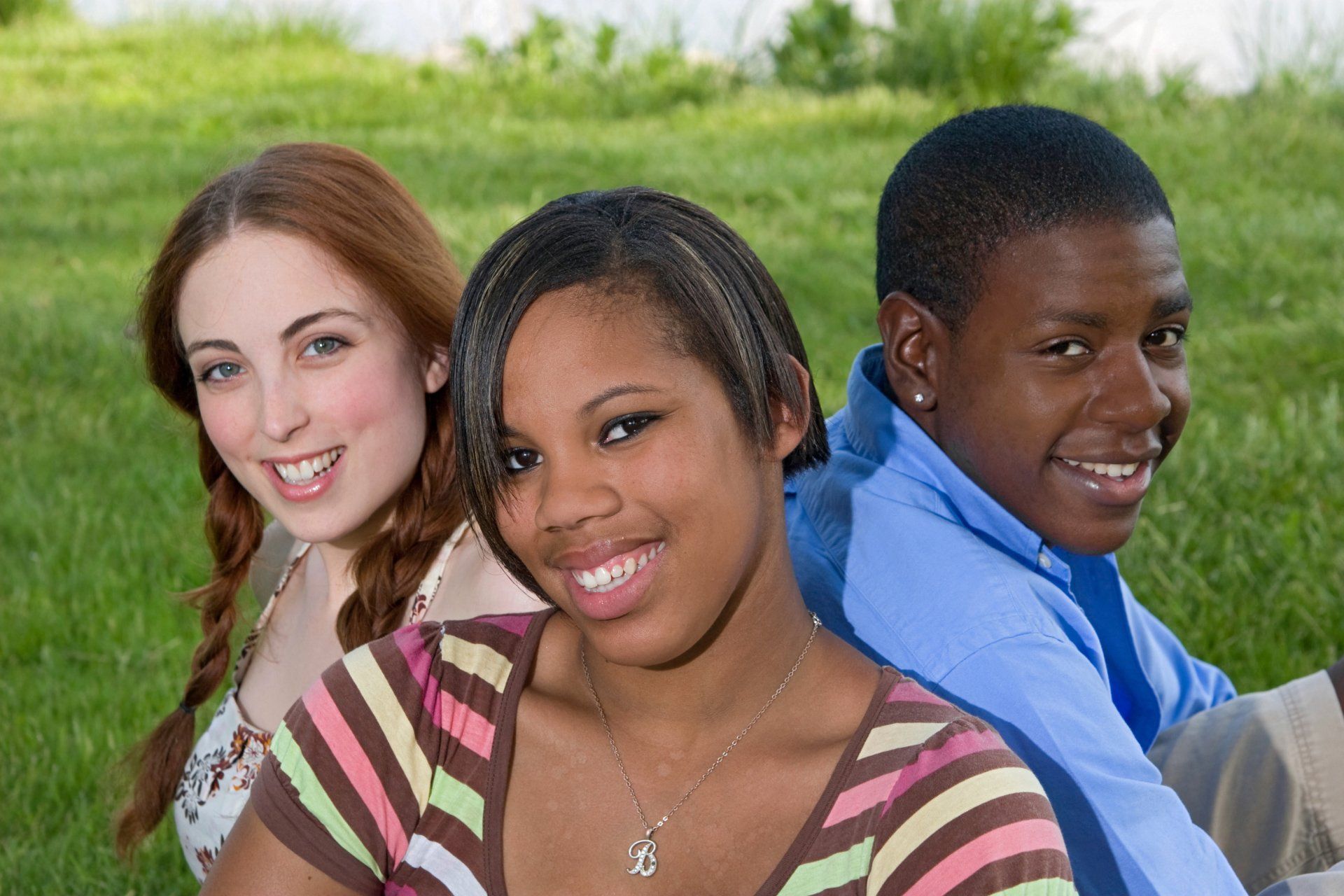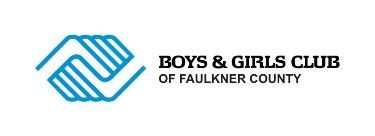Blog Layout
7 Things to Consider About Teens and Virtual Club
pjw • 3 May 2020
One of the most common questions being asked about virtual programming right now is “What do I do with teens?”

Teens have a LOT going on. I just did a little thought experiment that went like this: I imagined I was 15 and school was closed down including all of my extracurriculars and I couldn’t go to my friends house and my parents were working from home and my little sisters school was also closed and because we are all on the internet it is super slow and my teachers keep sending me assignments and . . . that is where I stopped because I got overwhelmed. Teens *always* have a lot going on just because of the stage of life they are in, but it is all amplified to the nth degree right now. We don’t want the Club to become another thing that is demanding attention from them.
It is going to look different than usual. You may be used to having teens in your building multiple times a week, but now only connecting with them once a week. Or maybe you are connecting more often, but not for long periods. That is not a surprise, or a bad thing necessarily. (See point above.) Our task is to make sure that whatever time we do get to spend is QUALITY time, because quantity isn’t it right now.
Think about what you have to offer that they CAN’T get anywhere else. With the literal world at their fingertips and all of their friends a video call away, teens today have access to nearly all of the things nearly all of the time. But they don’t always have access to supportive adults (who aren’t their family members), leadership opportunities, or places where they can be everything they are and be heard and validated. At Boys & Girls Clubs, our youth development professionals are always our greatest asset, and that is still the case. Be sure your programming allows for lots of time for staff and young people to actually connect and not just be busy busy with activities.
Teens of differing ages have differing needs. A thing that can sometimes happen in afterschool is that all of the teenagers are lumped together because there isn’t space or staff-power to do separate programming. But those staff people in the room with both 13 year olds and 17 year olds know that they are very very different. Virtual programming actually gives us a cool opportunity to try some new things out. Consider scheduling time that is just for smaller age ranges, like 13-15 and 16-18, or even smaller than that if you have lots of teen members. Then tailor your activities to what the youth in those groups specifically enjoy or are interested in. Or if you don’t want to split out by ages, maybe a schedule that has activities for varied interests, like sessions for a live workout or online gaming or a book club.
Connect with others leading teen programming for ideas or to collaborate. The great news is that you are not the only Club thinking about how to best serve teens right now! And the even better news is that we have a new BGCA Youth Development Facebook community where you can connect with Club staff from across the Movement. TONS of staff are sharing their ideas and helping each other think through problems, plus welcoming everyone to participate in their livestreams and watch their videos. And if you are a Keystone, Junior Staff, or Torch Club advisor, reach out to those networks too. With our powers combined, we can come up with some awesome experiences for young people.
Emotional health is a BIG DEAL. According to a survey by Common Sense Media, a majority of teens are experiencing worry about how the coronavirus will affect their family’s health and ability to make money. Teens of color, and in particular Hispanic/Latino teens, are feeling worry at even higher rates. And this is all on TOP of the “regular” worries our youth have in their lives, and trauma they may have already experienced. If you want to learn more, I really like this article that walks through why this is an especially difficult moment for today’s teens. While we can’t fix our teen’s problems, and are likely experiencing many of these same fears ourselves, we can be an empathetic ear, and remind them that they aren’t alone and this won’t last forever. For specific guidance, Club staff can access the Be There Initiative for how to help grieving youth (and we are ALL grieving), Serving LGBTQ Youth Toolkit, and the Positive Club Climate resources on BGCA.net. Also, this list is written for parents, but has some great practical suggestions for managing hard emotions.
Keep teen voice at the center. In the Program Basics BLUEprint, we define youth voice as “the ideas, opinions and actions of young people.” When we offer young people opportunities to influence the format or content of program offerings based on their interests, preferences, and satisfaction, they are more likely to engage in deep and meaningful ways. When it comes to virtual programming, start with asking what they want to do. If they don’t give you a lot to work with (maybe because they aren’t used to having a lot of voice, or maybe they are just overwhelmed!) present a couple of choices and go from there. Also, be sure to check in often to see if the programming you are doing is working, and ask WHY it is or isn’t. And hey – your teens may even want to take the lead on running program sessions. For more on youth voice, look at chapter 2 of the BLUEprint, or complete the Youth Voice Method online training on Spillett Leadership University.
Share
Tweet
Share
Mail
